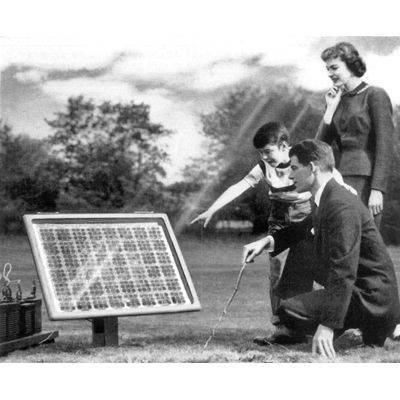Devices included in this chart of the current state of the art have efficiencies that are confirmed by independent recognized test labs e g nrel aist jrc esti and fraunhofer ise and are reported on a standardized basis.
Solar panel laboratory.
A solar panel system is an inter connected assembly often called an array of photovoltaic pv solar cells that 1 capture energy emanating from the sun in the form of photons.
It is an easy to use tool to create optimized pv system design with 3d visualizations.
When solar panels undergo performance testing they do so at fixed laboratory conditions known as standard test conditions stc.
Solar batteries can be installed alongside your solar panel system to store the excess energy it produces.
Department of energy s national renewable energy laboratory nrel recommended that consumers compare as many solar options as possible to avoid paying inflated prices offered by the large installers in the solar industry.
Solar panel output is expressed in units of watts w and represents the panel s theoretical power production under ideal sunlight and temperature conditions.
The solar labs is a software for solar installers and government bodies.
Nrel analyzes the total costs associated with installing pv systems for residential rooftop commercial rooftop and utility scale ground mount systems.
A recent report by the u s.
When the panels don t produce power at night you can use the stored energy instead.
Solar installed system cost analysis.
And 2 transform that solar energy directly into electricity.
Examples of customized solar panels with colorblast technology any design pattern or logo can be translated onto a solar panel in almost any color this way existing passive construction materials such as facade elements can be substituted by aesthetic and integrated solar panels creating new sources of clean energy without compromising.
The measurements for new entries must be with respect to standard test.
This work has grown to include cost models for solar plus storage systems.
Most home solar panels on the market today have power output ratings ranging from 250 to 400 watts with higher power ratings generally considered preferable to lower power ratings.
Supporting the development of new designs materials and manufacturing processes for solar components and systems with an emphasis on improved performance reliability and service life.

















































